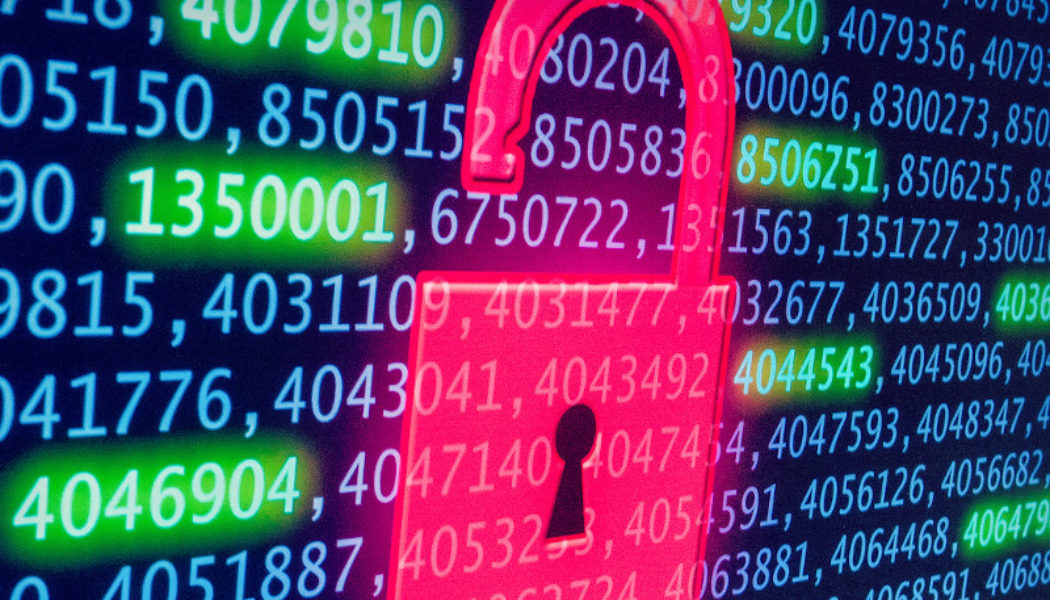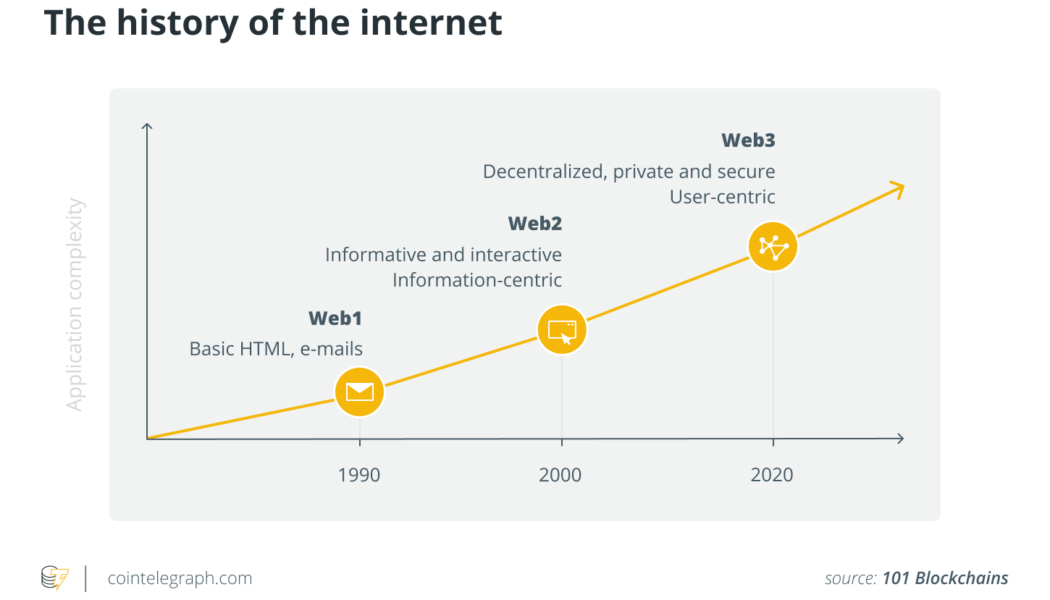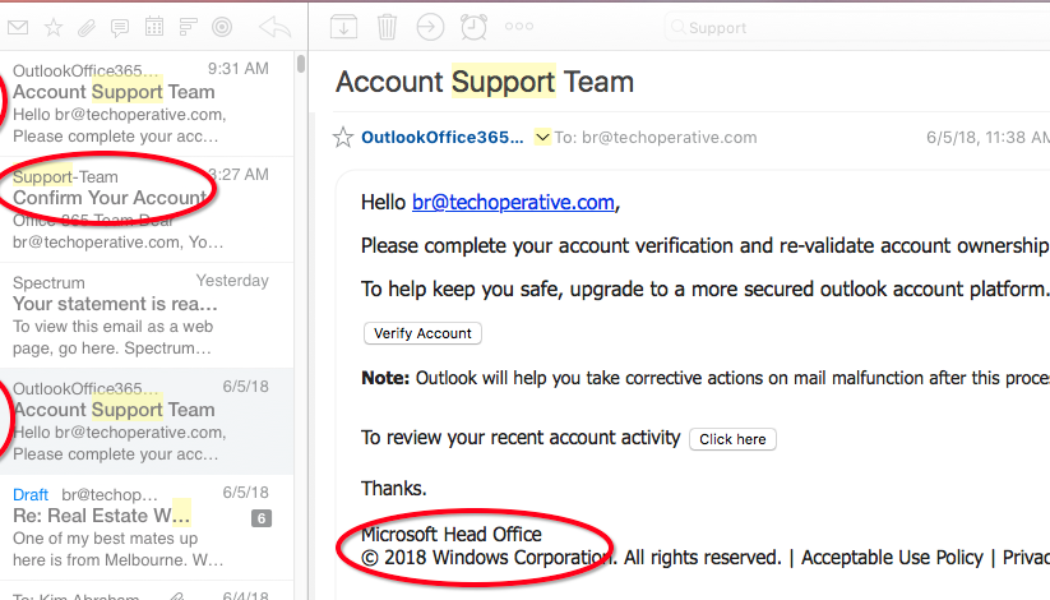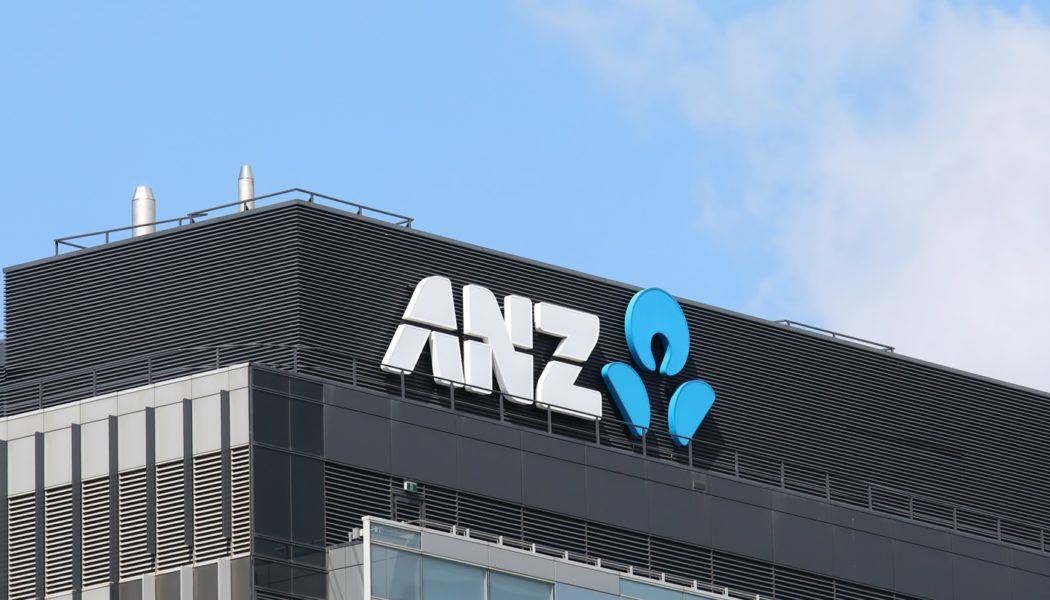technology
NFTs are changing the way photographers create and market content
Since their explosion last year, nonfungible tokens (NFTs) have shown their appeal to collectors, investors and traders alike. They have especially gained attention in the art world, where an item’s provenance is everything, and owning the official, unique version of an item is much more valuable than a copy or duplicate. Some have postulated that artists creating and storing pieces on-chain can use the technology as proof of ownership for popular art forms. Among the various artforms to take advantage of NFTs, photography has also found its place, but what is the immediate value it brings for artists and consumers? Indeed, as a nascent, quickly developing technology, NFTs are not without limitations. Related: What is crypto art, and how does it work? Most participants began getting acquai...
Is Austin the next US crypto hub? Officials approve blockchain resolutions
Innovative cities across America are racing to become the next hot spot for cryptocurrency and blockchain adoption. Miami was the first city to adopt its own part of CityCoins last year, allowing it to implement its own cryptocurrency called “MiamiCoin” to be used for civic engagement. New York City has also made a name for itself as a crypto-friendly city by implementing educational initiatives and withMayor Eric Adams receiving his paycheck in Bitcoin (BTC) in January this year. Austin takes a strong stance Most recently, Austin — the state capital of Texas that goes by the slogan “Keep Austin Weird” — has taken a strong interest in cryptocurrency and blockchain technology. While Texas’ desire to lead the way for crypto innovation was established about a year ago when G...
How Emails Can Cause Cybersecurity Vulnerabilities in Your Organisation
Sourced from International IDEA Since the start of the pandemic, many businesses have shifted to remote work. Cybercriminals saw the opportunity to target businesses’ remote users leaving unprepared businesses vulnerable to cyberattacks. Phishing attacks have become one of the most prominent data security problems for a number of businesses in South Africa. “Remote working increased organisation’s reliance on email, creating the perfect conditions for email fraud and phishing,” says Riaan de Villiers, Business Analyst at LAWtrust Information Security. In the Mimecast State of Email Security 2020 study, businesses in South Africa reported a 53% increase in phishing attempts and a 46% increase in incidences of impersonation fraud compared to previous years. Email is a common channel used for...
Decentralization, DAOs and the current Web3 concerns
What we call Web3 will be centered on an ecosystem of technology products that are decentralized, based on blockchain networks, interoperable, and without a traditional trusted validator (such as corporations, institutions and government bodies). But exactly what does this mean? What is Web3? Web3, a term coined by Gavin Wood, Web3 Foundation president, is the next phase of the internet and, perhaps, of organizing society as a whole. Web1 was the era of open, decentralized protocols, where most online activity involved browsing individual static pages. Web2, which we are now experiencing, is the era of centralization, in which a large part of communication and commerce occurs on captive (closed) platforms and is owned by a handful of technology corporations, subject to centralized co...
How to Be Safe From the “Reset Password” Email Scam
Image sourced form Broad Media Most online services have built-in security systems that alert employees when the systems detect “unusual” activity on their accounts. For example, legitimate email services or similar will send notifications about attempts to reset the phone number and e-mail address linked to the account, or the password. Of course, as soon as such messages became commonplace, enterprising cybercriminals tried to imitate this mechanism to attack corporate users. As cyberattacks rely on the human factor more often each year, and as cybersecurity technologies progress, such tricks are becoming more and more common and are being registered in multiple mailouts around the world. The scenario is usually as follows: if it’s a public online service attacker it will usually make ev...
Australian bank ANZ mints the first Australian dollar-backed stablecoin
ANZ bank minted and transferred 30 million A$DC tokens, in a pilot test, before redeeming them into fiat The bank, one of the big four in Australia, leveraged its EVM compatible smart contract to mint the A$DC stablecoin In what is the first event of its like in Australia, Melbourne-headquartered big four bank ANZ today announced the minting of A$DC stablecoin. A$DC IS the first-ever stablecoin pegged on the Australian dollar. The minted tokens were availed via crypto-asset investment platform Zerocap to the Victor Smorgon Group that wanted to invest in crypto markets. “An ANZ-issued Australian dollar stablecoin is a first and important step in enabling our customers to find a safe and secure gateway to the digital economy,” ANZ Banking Services Lead Nigel Dobson said. “S...























